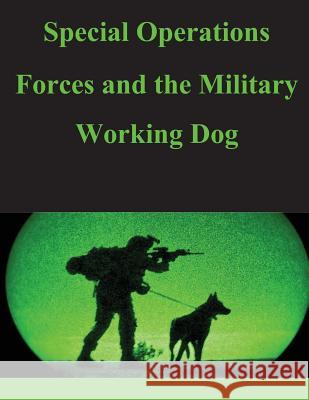Special Operations Forces and the Military Working Dog » książka
Special Operations Forces and the Military Working Dog
ISBN-13: 9781499188806 / Angielski / Miękka / 2014 / 56 str.
Dogs have competently served military ventures for over 2500 years. At one time during WWII, there were nearly 15,000 trained military working dogs in the U.S. inventory serving a broad range of duties from patrolling to delivering messages. Today the U.S. military maintains fewer than 1,400 dogs.1 Although historic declines in dog utilization are apparent, today's operational environment clearly begs for an enhanced military working dog capability-particularly with U.S. Special Operations forces. Technology preempted the decline of military working dog usage. During the Cold War, the Warsaw Pact's numerical equipment superiority encouraged the development of equipment and doctrine designed to intercept and kill the enemy in depth in a high intensity conflict. Accordingly, the U.S. military focused on sophisticated technological solutions. The dog as a low-technology system saw little development during this period. As a result, military working dogs had limited use in an era of bipolar superpowers and nuclear brinkmanship
Zawartość książki może nie spełniać oczekiwań – reklamacje nie obejmują treści, która mogła nie być redakcyjnie ani merytorycznie opracowana.











